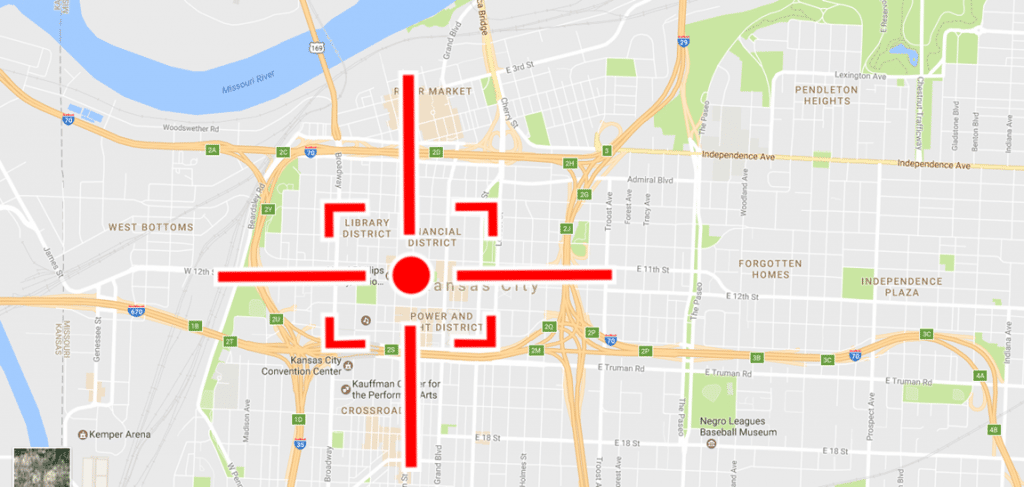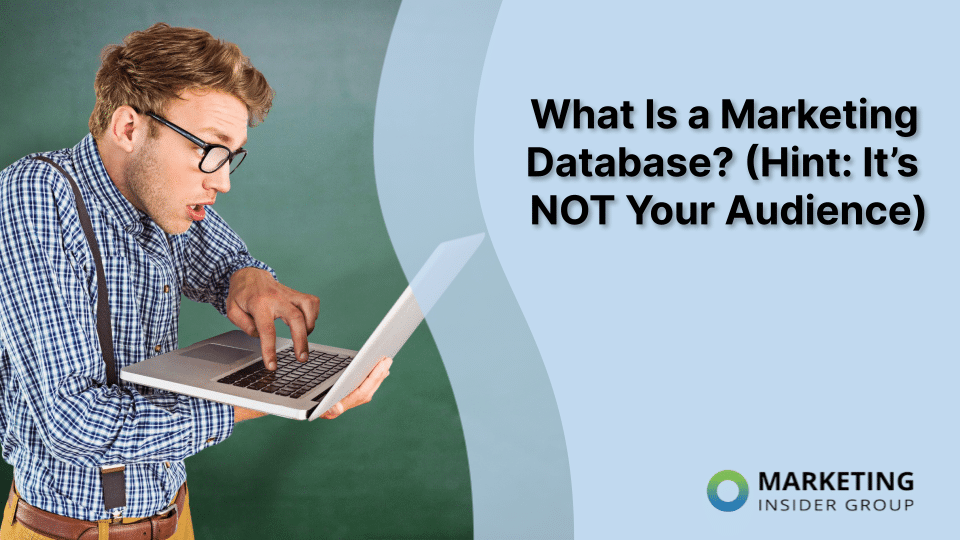
Using Geo-Targeted Marketing to Skyrocket Audience Engagement
The widespread integration of GPS technology and smartphones has changed the face of marketing. The primary goal of geo-targeting is to deliver content to consumers – largely through the mobile internet – based on their geographic location. By doing this, businesses can tweak the reach of their messaging, so it only goes out to consumers that stand to benefit the most from it. Targeting your message to the most culturally receptive and situationally relevant audience results in a better ROI.
Multiple surveys on data collection and privacy have shown that the majority of consumers are willing to share their location with businesses if they believe they are getting something of value in return, including loyalty points and discounts. Considering this tradeoff, geo-targeting can be a gold mine of customer behavior data. Here are three valuable tips for using it to boost engagement across the board.
Tie Relevant Content to Location-Specific Landing Pages
Perhaps one of the biggest advantages of digital marketing is that it enables brands to distribute their messages with a high-level of precision. Content is the backbone of digital marketing. Therefore, it’s not only important to target the right viewers, you need to provide the most relevant, high-quality material that reinforces your unique selling proposition.
Some of the most significant trends in retail point towards the integration of content with location targeting:
- Retailers who promote transparency will flourish: This transparency comes from clear and unambiguous marketing copy.
- Stores providing unique in-store experiences will thrive: Technology aided marketing messages via in-store displays, consumer education, and product demos are on the rise and will soon be ubiquitous.
- Smaller stores will prevail over larger ones: This will lead to more localized foot traffic, requiring hyperlocal messaging.
- Personalization will become increasingly important to consumers: Location is one of the biggest personalization factors and content is one of the primary areas of personalization barring the product itself.
- Retailers will continue to invest in omnichannel marketing: This requires multiple content formats to be delivered by local media.
- Retailtainment will pervade the industry: Content in the local language and locally relevant settings is the essence of entertainment.
- Data will continue to be a significant component of retail success: Data, of course, needs to be locally applicable, while appropriate content is helps package company data in the form of brand messaging aimed at addressing customers’ pain points.
Your chances of gaining a conversion are much better if users are directed to a location-targeted page. For this, you can use geo-aware “perimeter tools” like Moasis to detect where the user is when they visit your interface, personalize the product experience for them, and show them targeted programmatic ads.

Start by focusing on the region or cities that provide the most value to your brand. If you have physical stores, this should be easy. Be sure that your content fulfills certain needs or answers questions relevant to the area. Your goal should be to find the best opportunities to do this while developing meaningful relationships with customers and brand loyalists.
If you want to go a step further, connect with some of the top influencers in the area. Partnering with them to help distribute your content will not only draw more attention to your store or website, it will do wonders to build brand credibility.
Take Advantage of Facebook
If you aren’t using Facebook for your marketing communication, customer support, or other business operations, it’s time to get on with it. There are about 2 billion active Facebook users across the globe. If you want to target specific groups based on location, Facebook can be one of your most powerful assets.
Facebook advertising is one of the most robust ad solutions on the web today. You can effectively pinpoint audiences based on a number of different factors, including location. However, doing this in a way that maximizes your ROI will take some research. First of all, what exactly do you want to target with your ads? Is it an individual? A certain group? A particular part of town?

Once you have all the details ironed out, you can get as granular as you want in order to make sure the brand messaging impacts the perfect audience.
Remember, even though location is extremely important, geo-targeted ads need to be correlated with the right interests to gain significant traction. Facebook enables you to match your ads with relevant interests and demographics to make sure it is appealing the right people.

Social media is now an inseparable and involuntary part of digital and inbound marketing as well as PPC advertising campaigns. Facebook raked in $26.89 billion in ad revenues in last year and 46% of marketers surveyed by Social Media Examiner in their Industry report indicated that Facebook marketing was working for them, as opposed to 18% who found it didn’t. With numbers like this, Facebook Advertising is simply an entity you cannot afford to ignore if you plan on using geo-targeting to reach your niche audience.
Invest in Local SEO
Local search engine optimization and geo-targeting go together like peanut butter and jelly. SEO can do great things for businesses everywhere, especially startups and SMBs. 46 percent of all searches on Google are local. With the rise of mobile technology, both customers and businesses are looking for solutions on-the-go. Therefore, working to improve your visibility on Google should be a top priority.
Start by pinpointing your local niche. Then, seek out keywords or phrases that directly relate to your brand. Keep in mind, the more general you go with keywords, the more competitive they will be. For example, let’s say you are a real estate agent in San Diego, you would need to rank for terms a bit more specific than “San Diego real estate.” Think about specific neighborhoods you specialize in or types the homes you deal with. A more effective long-tailed keyword might be something like: “real estate agent North San Diego” or “Condos for sale in Vista San Diego.”
Once you have compiled a list of geo-targeted keywords, turn to a keyword research tool such as Ahrefs Keywords Explorer for more in-depth analyses on how certain terms are performing in the searches in the regions you’d like to target. From here, you can pinpoint trends in the area and plan your local SEO strategy accordingly.

Next, integrate these keywords and phrases into the content on your website. To see how you can do that, let’s go a step further and google “real estate agents North San Diego” – I see this:

Here’s part of the homepage of the first website to come up in the organic results:

In addition to a keyword-rich landing page, there are also mentions of specific locations within North San Diego County such as Carlsbad, Oceanside, and Encinitas, as well as plenty of niche blog content.
By using geo-targeted keywords, this website gets an incredible amount of exposure within the local searches.
In addition to creating a content strategy relevant to local topics, there are many other things you can do to improve rankings. Make sure your NAP (name, address, and phone number) is correctly and consistently listed in all the local and niche directories that apply to your business, and get set up on review platforms like Yelp or Angie’s List. Get customers to review your profiles on these platforms.
Local SEO is all about being visible where your customers need you the most. Improving your rankings could be one of the most important factors in boosting engagement.
Final Words
Geography plays a vital role in marketing. As consumers are more in-tune with relevant brand messaging, creating a geo-targeted campaign is essential for improving engagement and giving your customers the big picture. A great digital marketing campaign is one that knows the target audience down to a tee and delivers relevant answers to their concerns, resulting in a strong ROI. Don’t waste any more time showing the same messaging and ads to multiple customer segments – at the very least, differentiate your campaigns location-wise.






